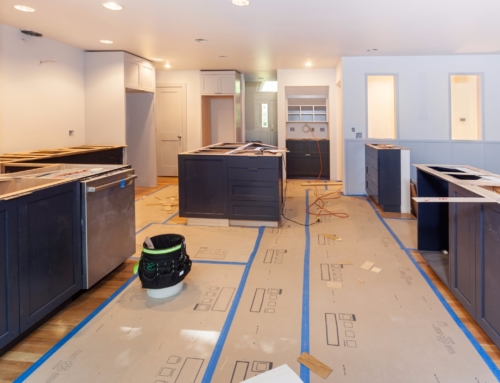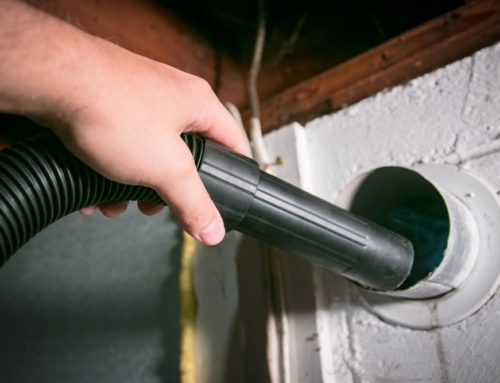Remodeling a Kitchen?
4 Simple Rules for a Successful Kitchen Remodel
From Consumer Reports
It’s a great time to remodel a kitchen – there are terrific deals on almost everything from countertops to cooktops, and contractors are eager for work and willing to negotiate. The August issue of Consumer Reports features a comprehensive kitchen remodeling package, including four simple rules to follow that can help consumers plan their project and choose stylish and affordable products that will boost the kitchen’s efficiency and functionality.
The report includes the ratings of ranges, cooktops, wall ovens, refrigerators, dishwashers, flooring, countertops and appliance stores. For kitchen spruce-ups, Consumer Reports lists its top picks for small appliances.
“When remodeling a kitchen, functionality is every bit as important as style,” said Celia Kupersmzid Lehrman, deputy home editor of Consumer Reports, in a press release announcing the issue. “Fortunately there are many products available that look good and work well so there isn’t as much as a sacrifice as there once was.”
One of the first steps in planning a kitchen remodel is to determine an approximate cost. Consumer Reports took top-performing products from extensive lab tests and created three design schemes – a do-it-yourself makeover for $5,000, a plan that costs $15,000 – the average amount spent on a kitchen remodel – and a full-scale gut renovation for $50,000. Tastes vary, but Consumer Reports’ design schemes will give consumers a sense of how far their money will go. No matter what the cost of a kitchen model, these four simple rules apply:
1. Don’t rush. There are many kitchen products available that combine value, performance, and good looks. Take time – from a few weeks to several months, depending on the scope of the project – to meet with pros, browse the Internet, and visit showrooms and home centers. A recent survey of almost 3,000 Consumer Reports readers on remodeling revealed that haste can be costly – respondents who changed their mind after the work got started typically added about $1,500 to the cost of a kitchen project.
2. Don’t get stuck on a size. Bloated showpieces are out. In addition to being expensive, huge kitchens can be exhausting to work in and keep tidy. The National Kitchen & Bath Association provides guidelines for how much space should be in between appliances, cabinets, and islands.
3. Beware of budget busters. When remodeling, leave a 10 to 15 percent cushion for surprises such as unexpected structural repairs. Remodelers should not settle for a cheap option with the mindset that someday it will be replaced with what they really want – chances are they will never get around to it.
4. Get everything in writing. When using a pro for a remodel, the written contract should list each phase of the project; every product, including the model number; and copies of each contractor’s license and workers compensation and liability insurance to confirm that they are still in effect. Call references and, if possible, visit them for a visual inspection.






The number one cause of law suits between a kitchen remodeling company and a client is a lack of communication in the written contract and verbally speaking. This goes both ways but the kitchen remodeling company you hire is chiefly responsible for writing up a detailed contract which covers all aspects of the design as well as providing visual examples of what the end result will look like.